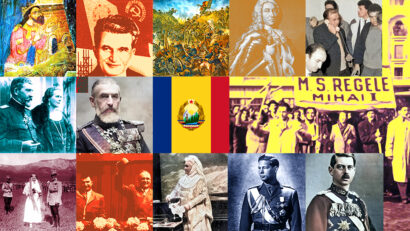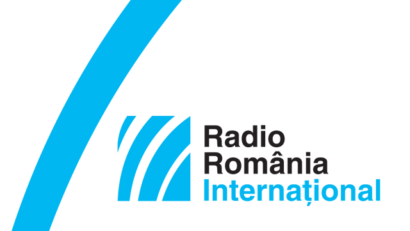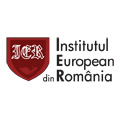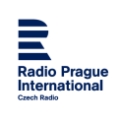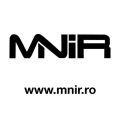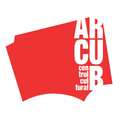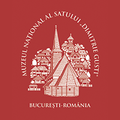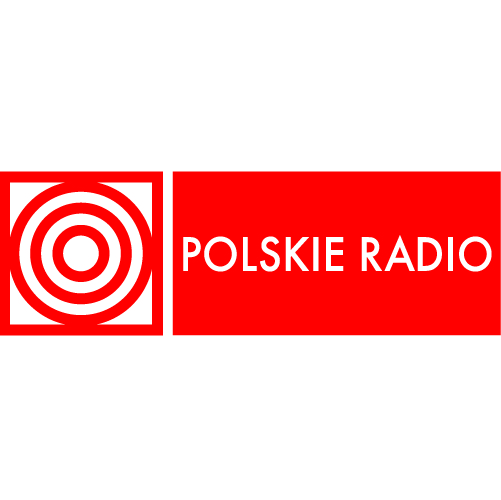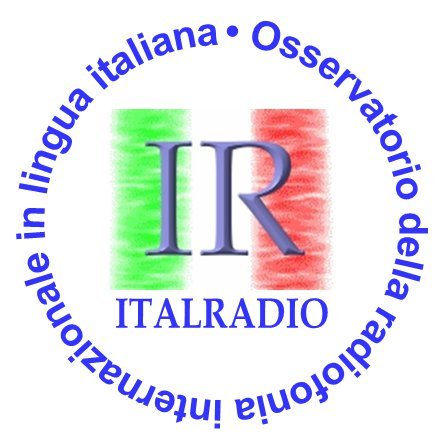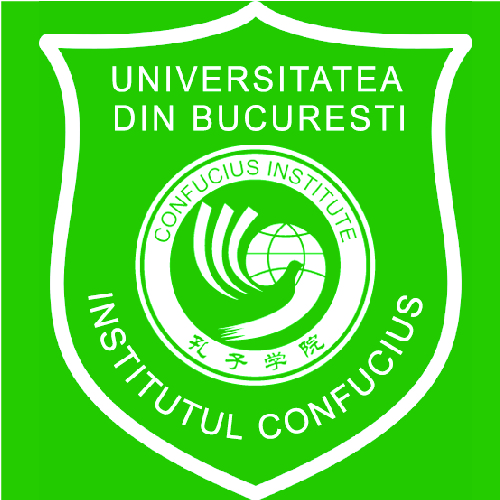Sporting Events Broadcast by Radio Romania
A look at the early days of sports transmissions on Radio Romania.
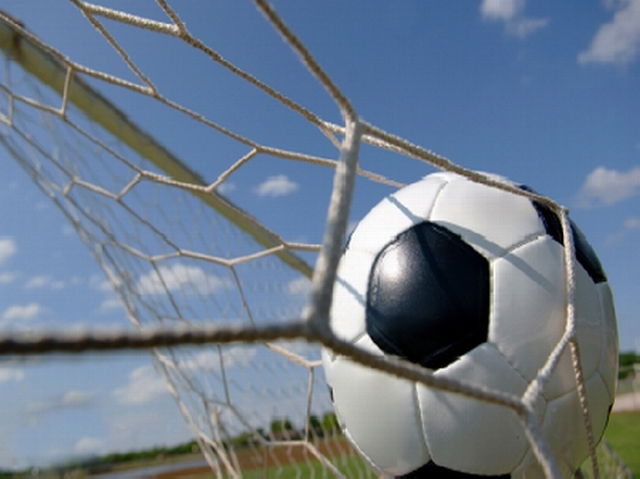
Steliu Lambru, 03.11.2014, 13:15
Sporting events have always been attractive to most people and mass media has along the years tried to cover major sporting competitions in an attempt to increase the audience. Even in difficult times for the printed press, sports publications managed to survive as they continued to churn out profit. Since their early days, sporting events have found their right place in radio broadcasts either under the form of news bulletins or live transmissions.
Radio Romania aired its first sports broadcast on June 11th 1933, when Romania was thrashing Yugoslavia five-nil in a football game counting towards the Balkans’ Cup before 25 thousand spectators on the ANEF stadium in Bucharest. After the game, historian Nicolae Iorga and writer Mihail Sebastian engaged in polemics over the spectators’ reaction during the game. ‘Why should we be happy for having insulted an opponent?’ the historian kept asking, arguing that any attempt to prove the superiority of a nation on the basis of sporting results was childish. On the other hand, in an article entitled ‘Between the Stadium and the Library’ Mihail Sebastian concluded that just like in theatre performances, athletes are gaining their fame through hard work under the critical eye of an audience.
One of the long lasting Radio Romania sports journalists was Ion Ghitulescu. In 1951 he got a job at Radio Romania and for 55 years he was one of the best-known commentators of its sports desk. In an interview to Radio Romania News and Current Affairs, Ghitulescu has referred to his special voice.
“It’s a special voice but I dare say I honed it while working in the radio. I mean I used to read a phrase, listen to it and read it again until it sounded properly. My efforts eventually paid dividends and I was shortly entrusted a complex programme entitled ‘With a Microphone Among the Athletes’, which was established in 1951. It was a 15-minute slot, which included interviews and statements. It could hardly be described as a radio-reportage, but it offered glimpses into the athletes’ lives.”
In a recording dated 1960 made at the Rome Olympics, Ion Ghitulescu captured the split second when athlete Iolanda Balas became an Olympic champion:
“Everyone in the Olympic stadium is holding their breath. Iolanda Balas prepares for her third high-jump, with the diagonal rod set at 1 meter 85 centimeters above ground. She makes a run for it, sets her foot in and jumps!….the awarding ceremony has started, for the women’s high jump event. This very moment, stepping onto the winners’ podium is world record holder and sports emeritus master Iolanda Balas. For your performance, for your endeavor, we congratulate you, Iolanda!”
Ion Ghitulescu recalls the Rome Olympics as being the Golden Age of Romantic spirit in sport.
”It was the merit of Italian sound technicians who succeeded in raising the sound level so that in the background my voice could be heard, as well as what was going on the stadium. Athletes knew us all and we knew them quite well. I went to their training sessions, I was there when they competed, and we got to know each other. I sometimes accompanied the Olympic lineup and I even had accommodation with the athletes. At the Rome Olympics, the Press Centre was 1 kilometre away from the Olympic Village. I used to say those were the last romantic Olympic games, as we spent the day in the Olympic Village, together with our athletes. It was there that I interviewed Ioanda Balas and her coach Ioan Söter and many other athletes”.
Yet it was football that earned Ion Ghitulescu his national reputation.
“My name became too closely associated with the football team Dinamo Bucharest. To be honest, at first I was affiliated to CCA (the Central House of the Army), as Steaua Bucharest was named backed then, and I used to broadcast their matches abroad. And then I got involved in a conflict with the club’s chairman, so I gave up accompanying the team abroad. Anyways, the rule was to assign people for matches randomly”.
The “Sports and Music” show was the first live show broadcasting simultaneous football games. Ion Ghitulescu was its initiator, in the early 1960s:
“At that time, the vice-president of the Radio and Television Broadcasting Corporation was George Ionescu, the first head of the Sports Department at the Radio when I was hired. During my trips abroad I had seen that in some countries they did live transmissions from several stadiums. We first did a test, sort of a multiplex simulation, from only 4 stadiums because that was the most the studio could cover at that time. This took several months. Our technicians at the Radio Corporation managed to set up a studio where we could air transmissions from 10 to 12 stadiums. This is how the show we called then ‘Sports and Music’ was born. It was a live programme with transmissions from all the stadiums where games were played. There was a prologue and an epilogue. The epilogue was signed by Conti Barbulescu, a humorist from the Radio team, and starting from the results of the games and with a few lines from some of the songs, he would come up with a funny ending for the show.”
Thanks to the live shows, Radio Romania won over Romania’s sports fans eager to find out what their favourite teams or athletes did in national and international competitions. In spite of the competition from the television and the internet, sports shows such as “Football by the minute,” first aired in 1965, still enjoy high popularity ratings, thanks to its covering matches from the national football championship. Over the years, teams made up of sports journalists and technical staff travelled to major international sports events such as the Olympic Games, European and world championships and so on, so as to bring the news of Romanian performances to the listeners of the Romanian public broadcaster.

